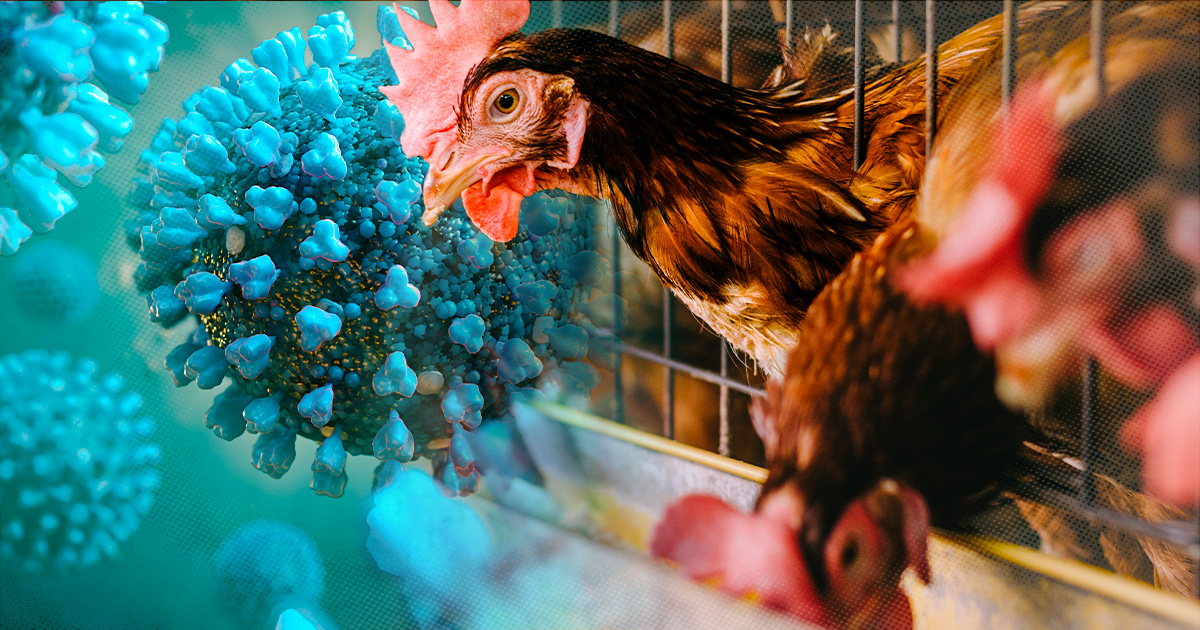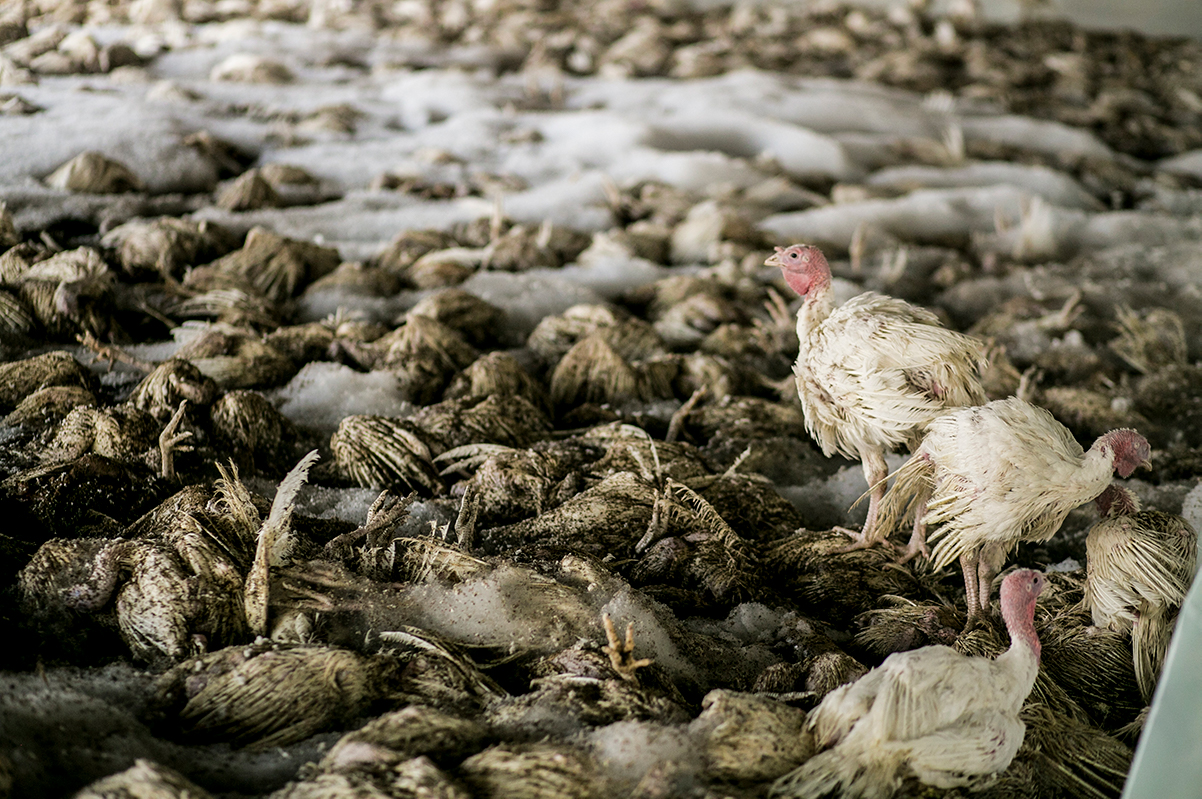Avian Influenza Pathogenesis

Avian influenza, also known as bird flu, is a highly contagious viral infection that affects birds. It can cause a wide range of symptoms, from mild respiratory distress to severe disease and even death. The virus is spread through contact with infected birds or their bodily fluids, and it can also be transmitted to humans through contact with infected poultry or their products.
Transmission and Infection Process
The avian influenza virus is a member of the Orthomyxoviridae family. It is an enveloped virus with a single-stranded RNA genome. The virus attaches to cells in the respiratory tract of birds, and it then enters the cells and replicates. The virus can spread from bird to bird through contact with infected birds or their bodily fluids. It can also be spread through contact with contaminated surfaces or objects.
Well, I’m not really into poultry, but I heard avian influenza is getting serious. But hey, on a lighter note, have you heard about Bobby Witt Jr? The guy’s been hitting homers left and right. I’ve been following his stats on bobby witt jr home runs 2024.
It’s like he’s got a magic bat! But yeah, back to the bird flu thing, stay safe out there, folks.
Viral Structure and Genetic Characteristics
The avian influenza virus has a complex structure. The virus particle is composed of a nucleocapsid, which contains the viral RNA genome, and an envelope, which is made up of a lipid bilayer and viral proteins. The viral proteins include hemagglutinin (HA) and neuraminidase (NA). HA is responsible for binding the virus to cells, and NA is responsible for releasing the virus from cells.
Avian influenza, a contagious viral disease affecting birds, has raised concerns globally. To combat this, researchers like Carlos Cuesta have played a pivotal role. Their work has helped us understand the virus’s behavior and develop strategies for prevention and control, ensuring the well-being of both poultry and humans impacted by avian influenza.
Subtypes of Avian Influenza
There are many different subtypes of avian influenza virus. The subtypes are classified based on the HA and NA proteins. The most common subtypes of avian influenza virus are H5N1, H7N9, and H9N2. These subtypes can cause severe disease in birds, and they can also be transmitted to humans.
Virulence of Avian Influenza
The virulence of avian influenza virus varies depending on the subtype. Some subtypes, such as H5N1, are highly virulent and can cause severe disease and death in birds. Other subtypes, such as H9N2, are less virulent and cause milder symptoms.
Global Impact and Prevention

Avian influenza has a significant global impact, affecting both poultry production and human health. Outbreaks of highly pathogenic avian influenza (HPAI) can lead to devastating economic losses for the poultry industry due to mass culling of infected birds and trade restrictions imposed on affected countries.
To prevent the spread of the virus, various surveillance and control measures have been implemented. These include:
Surveillance
- Monitoring of poultry flocks for signs of disease
- Laboratory testing of samples to confirm infection
- Reporting of suspected cases to veterinary authorities
Control Measures
- Vaccination of poultry
- Quarantine of infected flocks
- Movement restrictions on poultry and poultry products
- Biosecurity measures on poultry farms
Challenges and Limitations
Despite these efforts, the prevention of avian influenza remains challenging. The virus can spread rapidly through migratory birds, making it difficult to contain outbreaks. Additionally, current vaccines are not always effective against all strains of the virus, and biosecurity measures can be difficult to implement on large-scale poultry farms.
Human Health and Zoonotic Potential: Avian Influenza
Avian influenza viruses pose a significant threat to human health due to their ability to infect and cause illness in people. The risk of infection and the severity of the disease vary depending on the strain of the virus and the exposure route.
Risk Factors
The primary risk factor for human infection with avian influenza is close contact with infected birds or their bodily fluids. This can occur through occupational exposure in poultry farms, handling infected birds during hunting or culling, or visiting live bird markets. Additionally, consuming undercooked poultry or eggs from infected birds can also transmit the virus.
Clinical Manifestations
The clinical manifestations of avian influenza in humans vary widely, ranging from mild respiratory symptoms to severe and potentially fatal infections. Common symptoms include fever, cough, sore throat, muscle aches, and fatigue. In severe cases, the virus can cause pneumonia, acute respiratory distress syndrome (ARDS), and multi-organ failure.
Zoonotic Potential
Avian influenza viruses have a zoonotic potential, meaning they can be transmitted from animals to humans. The most common source of human infection is through contact with infected poultry, but other animals, such as pigs and wild birds, can also serve as reservoirs for the virus. The zoonotic potential of avian influenza is a major concern for public health, as it can lead to outbreaks and pandemics.
Importance of Early Detection, Treatment, and Vaccination
Early detection, treatment, and vaccination are crucial for mitigating human cases of avian influenza. Rapid diagnosis and isolation of infected individuals can prevent further transmission. Antiviral medications, such as oseltamivir and zanamivir, can be effective in treating the infection if administered early. Vaccination of poultry and high-risk individuals, such as poultry workers and healthcare professionals, can also help reduce the risk of infection.